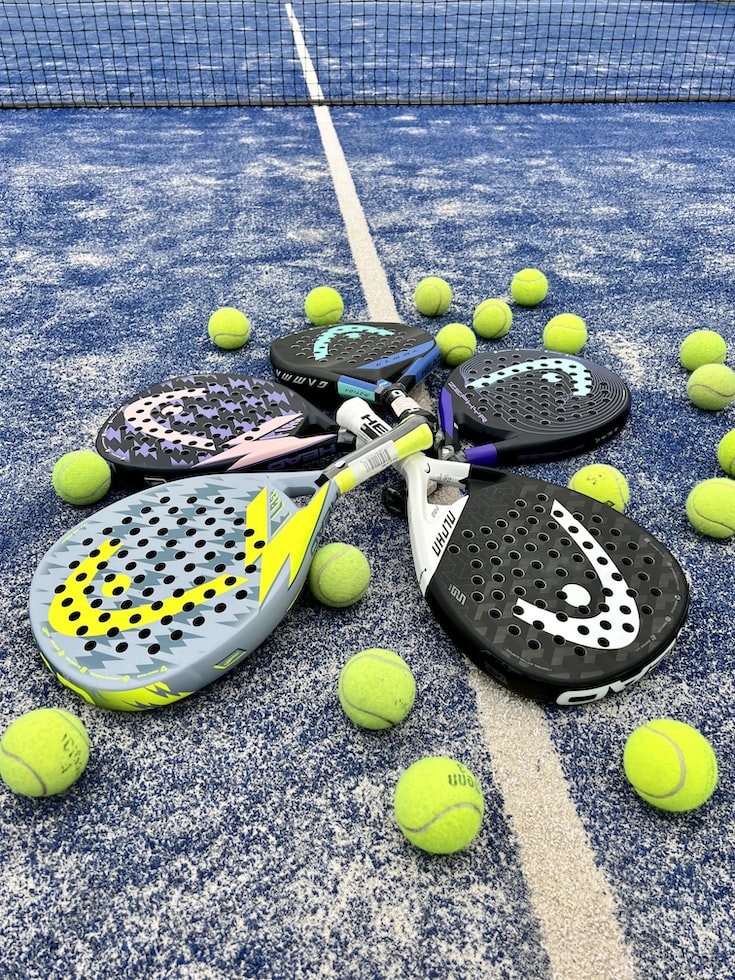Unveiling the Basic Padel Rules for New Players
3 min read
Unveiling the Basic Padel Rules for New Players
Greetings, fellow padel enthusiasts! Whether you’ve just discovered this awesome sport or are eager to brush up on your knowledge, understanding the basic padel rules is crucial to your enjoyment and success on the court. As a seasoned padel player, I’m here to guide you through the fundamentals, unravel the mysteries, and help you embark on an exciting journey into the world of padel!
Get Your Padel Passion in Gear
Before diving into the basic rules, let’s take a moment to appreciate the unique blend of tennis, squash, and racquetball that make padel such a thrilling game. The compact court, the purpose-built rackets, and the underlying strategy all come together to create an addictive and fast-paced experience.
The Court – Your Padel Playground
Imagine a court that is smaller than a tennis court but larger than a squash court, and surrounded by striking glass walls. This is the padel court, a dynamic arena where you’ll showcase your skills, react with lightning speed, and work in perfect harmony with your doubles partner.
The court is divided by a net into two equal halves, much like in tennis. However, unlike in tennis, players can use the walls to keep the ball in play. Sounds exciting, doesn’t it? Well, let’s unleash ourselves onto the padel court and learn the basic padel rules!
The Serve – The Padel Prelude
Like in many racquet sports, serving is the starting point of each rally in padel. For a proper serve, stand behind the baseline and diagonally hit the ball to the opposite side of the court, ensuring it bounces within the serving square closest to you, then crosses the net. Remember, hitting the ball before it bounces on your side or not clearing the net will lead to a fault!
The Rally – The Heartbeat of Padel
Once the ball is served, the rally begins! The key rule here is that the ball must bounce on each half of the court once before it can be sent directly to the opponent’s side without hitting the walls. It adds a tactical twist to the game as you and your partner strategically position yourselves to control the evolving rallies.
Walls Are Your Allies
Unlike tennis or squash, padel players can use the walls to their advantage. When the ball hits the wall, it can still come into play, making for excitingly unpredictable moments. Keep an eye out for those tricky angle shots and unleash your creativity!
Taking Turns – Who Serves When?
After the first point, the serving team is switched. The team that didn’t serve in the previous point now gets its turn to serve. This rotation happens every time a point is scored. So, make sure to keep track of who served and be ready to take turns with your partner!
Scoring – The Sweet Sound of Victory
In padel, scoring is a bit different from traditional tennis. The scoring follows a “No-Ad” system, meaning the first team to win four points, with a margin of two, wins the game. Confusing? Let me break it down for you:
If the score is 40-40 (deuce), the next point determines what’s called the “advantage.” Whoever scores the advantage point wins the game. However, if both teams score the advantage point, it goes back to deuce. The game continues like this until a team wins with a two-point lead.
More to Explore
Congratulations, dear padel players, you have now mastered the basic padel rules! But remember, this is just the beginning of your padel adventure. There are many more advanced strategies, techniques, and rules awaiting your discovery. So grab your rackets, find some friends, and let the joy of padel consume you. See you on the courts!
Keywords: basic padel rules, padel, padel court, serving, rally, scoring






